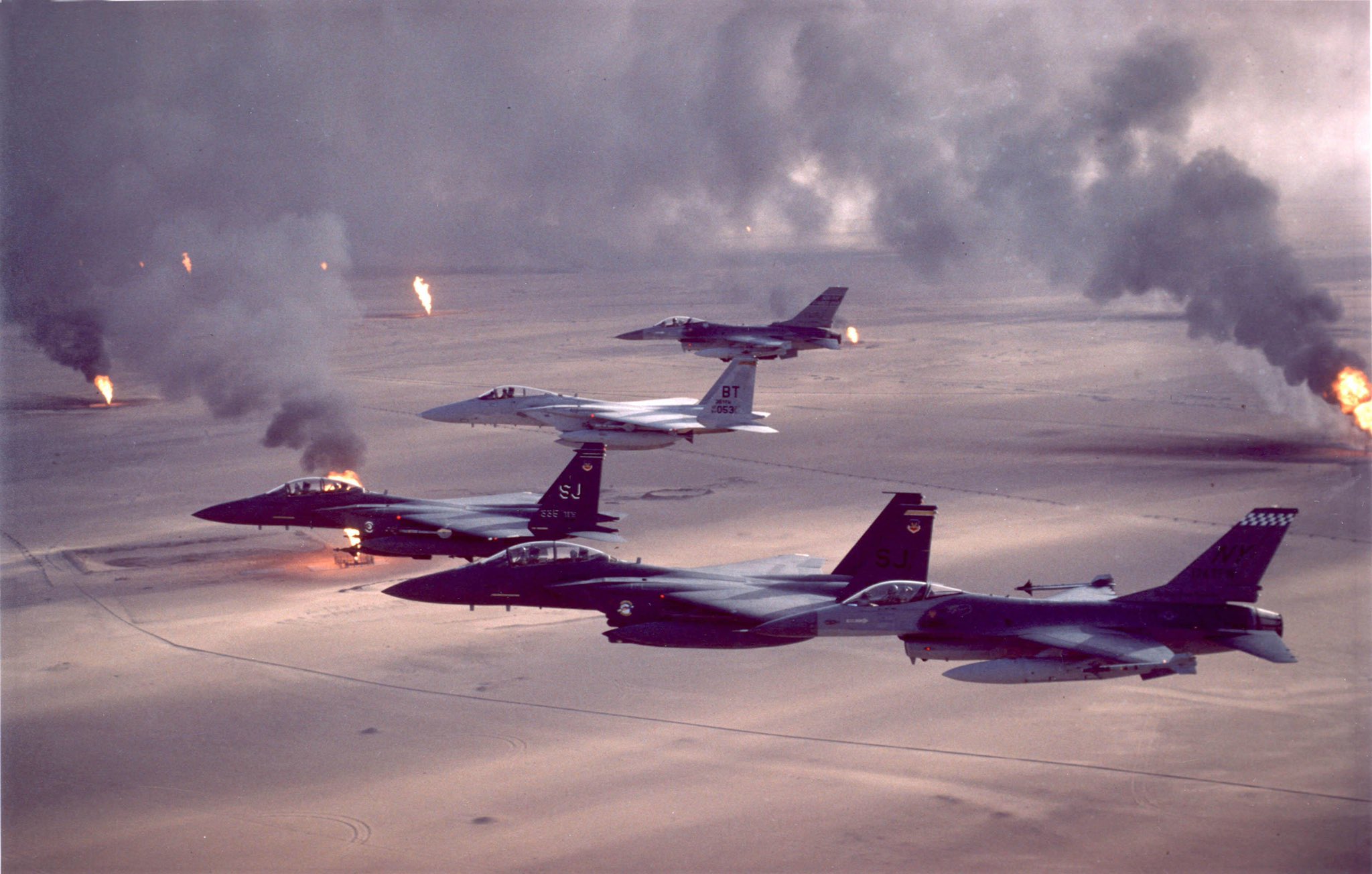Amidst the growing challenges posed by near-peer competitors such as China, a US-based think tank claims that the readiness of the US Air Force is on a concerning decline, describing its capabilities as “very weak” – the lowest rating on the think tank’s five-point scale.
Based on 2023 data, the report indicates a troubling trend of declining Air Force capabilities, raising concerns about its preparedness for potential conflicts with peer competitors.
Lagging mission-capable rates, inadequate aircrew training, and questionable “deployability” were key factors contributing to the low Air Force score.
The Heritage Foundation report, spearheaded by senior research fellow John Venable, mentioned that the Air Force has not allocated sufficient resources for flying time to prepare aircrew for potential near-peer combat situations adequately.
Venable added that the historical standard of 200 flying hours per year and three sorties per week has not been met, with recent averages falling significantly below.
The last instance when fighter pilots received an average of 150 hours of flying time and more than two sorties a week for an entire year was in 2015.
Despite budget increases in various areas, the flying hours budget has not seen a proportional rise, and the total flying hours have decreased in recent years.
Venable further pointed out a decline in aircraft material readiness, citing low mission-capable rates for the F-22 and B-1, which further restricts aircrew flight time and the development of crucial skills.
In his assessment, Venable emphasized the need for three Active-Duty squadrons to deploy two forward. He highlighted that the Air Force was structured with a three-squadron wing to handle the associated workload during the Cold War era.
However, the Air Force’s consolidation and centralization efforts, along with changes in deployment strategies, have led to the breakdown of this organizational construct.
Currently, according to Venable, the Air Force faces challenges in meeting its staffing requirements, necessitating the reassignment of pilots and personnel from various units.
In a near-peer competitor crisis, the Air Force must rapidly mobilize and sustain a high operational tempo.
Venable stated that this has left the Air Force in a precarious situation. He highlighted that no fighter squadron in the Air Force possesses the requisite readiness levels, competence, and confidence needed to confront a peer competitor.
Furthermore, Venable asserts that the overall state of readiness within the Air Force is on a “downward spiral.”
How Is US Air Force Planning To Address Issues?
The US Air Force is aware of its challenges and has consistently emphasized its efforts to address them.
Air Force Secretary Frank Kendall has echoed similar concerns in recent months, initiating a comprehensive review in September 2023 to “re-optimize” the Air Force.
In August 2023, Kendall openly questioned the readiness of the Air Force to engage in a conflict with a major power like Russia or China, expressing significant reservations.
The Force Generation model (AFFORGEN) and plans for creating “Air Task Forces” were introduced last fall and are still evolving, with further details expected at the upcoming AFA Warfare Symposium on February 12-14.
Yet, with China identified as the “pacing threat” and its advanced military capabilities looming, the urgency for the US Air Force to modernize its fighter fleet has become paramount.

EurAsian Times had reported that the US Air Force is facing critical challenges that would make it difficult to replicate a military operation on the scale of Desert Storm, let alone engage with a peer adversary such as China.
The Air Force is grappling with the challenge of an aging fighter jet inventory, particularly the fourth-generation fighters. The average age of the Fighting Falcon exceeds 30 years, with some aircraft taking to the skies as early as the 1980s.
While efforts are underway to extend the operational life of certain F-16s to keep them in service until the 2040s, the aging fleet poses a pressing concern.
Compounding the issue is the delayed arrival of replacement fighters, notably the F-35As. The slower-than-anticipated deployment of these modern aircraft adds complexity to the Air Force’s efforts to maintain a robust and up-to-date fleet, especially in the face of evolving threats and the need to match or surpass the capabilities of potential adversaries.
Last year, Kendall outlined his top priorities for modernization, referred to as “operational imperatives.” Lt. Gen. Richard Moore, deputy chief of staff for plans and programs, is developing a resource plan to align with these priorities.
This plan involves a two-phase process, projecting the Air Force’s needs three decades into the future. The near-term focus is on the five-year Future Years Defense Program, informing budget proposals for Congress.
Long-range planning begins in fiscal 2029, projecting the next 25 years to identify necessary capabilities in 2054, working backward to determine development timelines and required resources.
- Contact the author at ashishmichel(at)gmail.com
- Follow EurAsian Times on Google News